Most warm-blooded animals like humans have poor hunger tolerance and need three meals a day. But there are some animals in the world that are very resistant to hunger. When people mention animals that are not afraid of hunger, camels often come to mind, but is this really the case? Today, we will introduce you to the 10 animals with the highest hunger tolerance in the world, including water bears, soft ticks, cave newts, lungfish, giant salamanders, crocodiles, snails, etc. Let's take a look. These animals have shown amazing hunger tolerance, which makes people marvel at the adaptability of life.
1. Water bear (no food or water for 30 years)
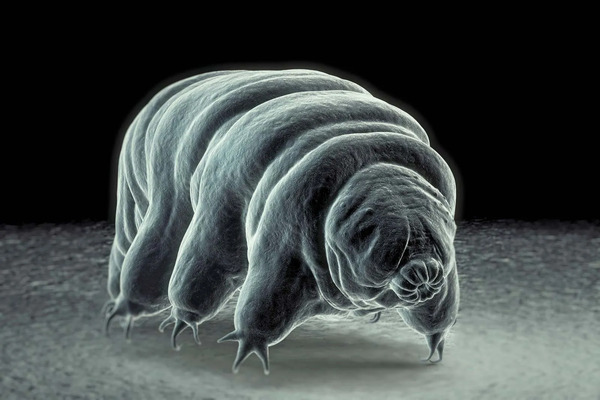
Regarding the question of which animal can survive without eating or drinking, the answer is undoubtedly water bears. They are one of the most resilient creatures on earth, and their history can be traced back to the Cambrian period 500 million years ago. Water bears are widely distributed, including various environments such as the Arctic, tropical regions, deep seas and hot springs. Tardigrades are known for their cryptobiotic properties, which means they can enter a state similar to suspended animation. The creatures have an extremely strong vitality, no natural enemies, and can survive extreme conditions, including freezing, desiccation, starvation, and lack of oxygen. Tardigrades can even survive for up to 30 years without food or water. Once in a cryptobiotic state, they can survive extreme high and low temperatures, radiation, and even the vacuum of space.
2. Soft ticks (30 years)
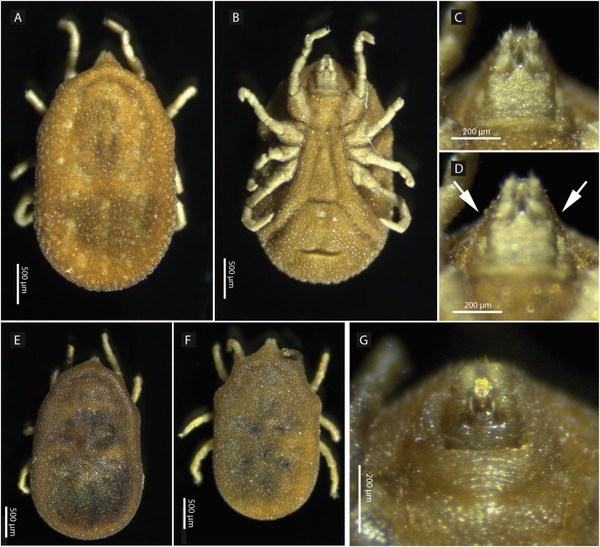
Insects generally have a remarkable ability to withstand starvation, but most insects have a relatively short lifespan. Ticks are different. They are an abnormal insect that not only cause pest problems for animals and livestock, but also parasitize on the surface of the human body to suck blood and spread various infectious diseases, which can even be life-threatening in severe cases. Generally, hard ticks have a relatively short lifespan, ranging from 1 month to dozens of months, while soft ticks can live for five to six years or even decades. Adult ticks suck blood for about 10 to 60 minutes each time. They have strong hunger tolerance, and adults that do not suck blood can generally live for 5 to 6 years. In particular, some species of African soft ticks can survive for up to 30 years without food or water.
3. Olm (6-10 years)
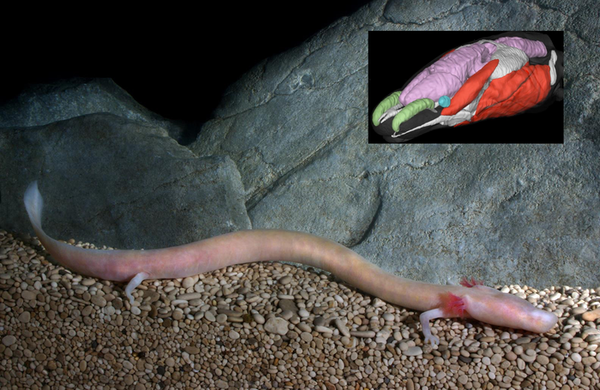
Before the discovery of water bears, olms have always been known as one of the most hunger-resistant animals in the world. Olms, also known as blind newts, are amphibians whose special appearance often reminds people of "little dragons". Biologists have concluded through observation and speculation that olms may live up to a hundred years. This animal can survive without predation, does not need to exercise or reproduce for a long time, and can even survive 6 to 10 years without food. However, due to the pollution of the living environment and other factors, the number of cave salamanders has gradually decreased. Therefore, cave salamanders have been listed as vulnerable (VU) species in the Red List of Threatened Species of the World Conservation Union (IUCN).
4. Lungfish (3-5 years)
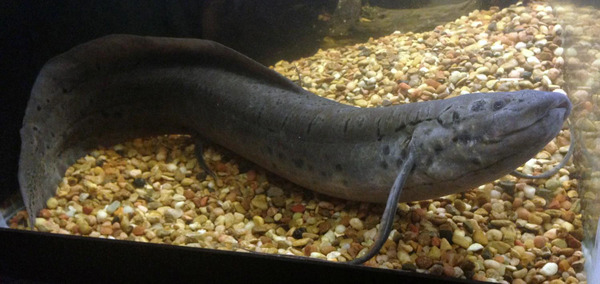
Lungfish are considered to be one of the most resistant animals to hunger. With a history of more than 400 million years, they are the ancient "ancestors" of fish. They have the ability to hibernate in summer and rely on the fat stored in their bodies to survive. During the rainy season, when the lake is abundant, lungfish live in the water and breathe through gills. Although lungfish have sharp teeth, they are not fierce and mainly prey on small fish and shrimp in the water.
When in hibernation, lungfish burrow into the soil and wrap themselves with secretions. At this time, they neither eat nor drink water, nor excrete, and consume almost no energy. If the rainy season does not arrive in time, they have the ability to survive in hibernation for up to five years.
5. Chinese giant salamander (2-3 years)
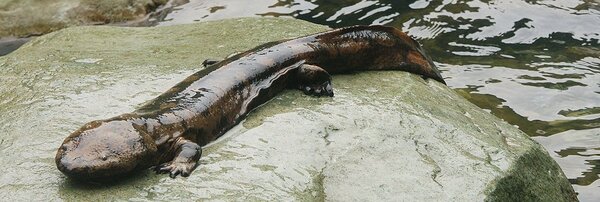
In the animal kingdom, Chinese giant salamanders are known as one of the most enduring creatures. These giants among amphibians can grow to 1 meter or even longer, and can weigh more than 100 kilograms. Their reproductive cycle lasts for decades, and some individuals can live for more than 200 years, so they are given the reputation of "longevity fish" in people's minds. Chinese giant salamanders are famous for their extremely strong hunger endurance. Even in cool water, raised Chinese giant salamanders can go without food for two or three years without starving to death.
Strangely, giant salamanders also have a side of overeating, and their weight can quickly increase by one-fifth after a full meal. When food is scarce, they may even engage in cannibalism, and sometimes even use their own eggs as a "lifeline" to fill their stomachs.
6. Crocodiles (1-3 years)
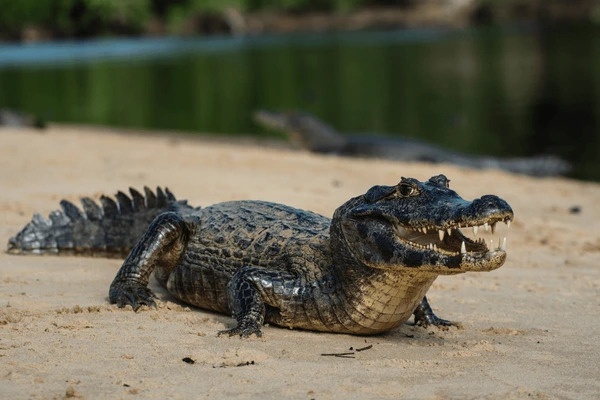
Crocodiles, one of the oldest species on Earth to date, owe their strong vitality in part to their ability to survive starvation. They are good at preying on animals such as antelopes, zebras, and buffaloes, and sometimes they can even attack hippos, lions, and even humans to ensure a hearty meal for themselves. Crocodiles wait quietly for prey and conserve energy. Because crocodiles are cold-blooded animals, they generate relatively little internal heat, so even at lower temperatures, their caloric consumption is very limited. As a result, they can usually go without food for several months, and some can even go without food for a whole year or even three years. Although alligators may become thin during this time, they are still very active. Once food appears, they can still hunt normally.
7. Snail (3 years)
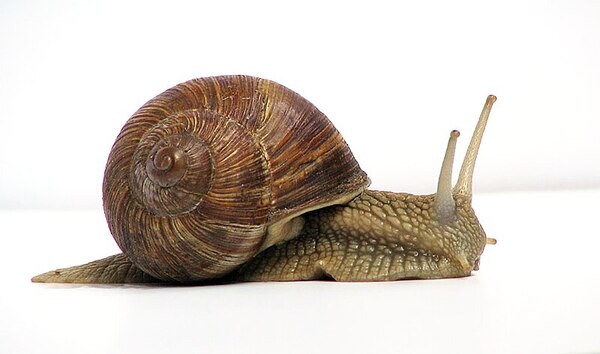
Snails are of many species and are widely distributed all over the world, showing amazing survival ability. They have a strong tolerance for cold, heat, hunger, drought and other environments. When snails cannot find food and water, they will seal their shells with mucus and enter a dormant state. This strategy allows them to go without food for a long time without dying. The duration of snail dormancy varies depending on the species, and some can last more than 100 days or even up to 3 years. Normally, most snails grow in a temperature range of 5 to 35 degrees Celsius. Different species have different temperature requirements. Some species have a minimum growth temperature of 15 degrees Celsius. Once the temperature exceeds this range, the snail will enter a dormant state first.
8. Python (2 years and 9 months)
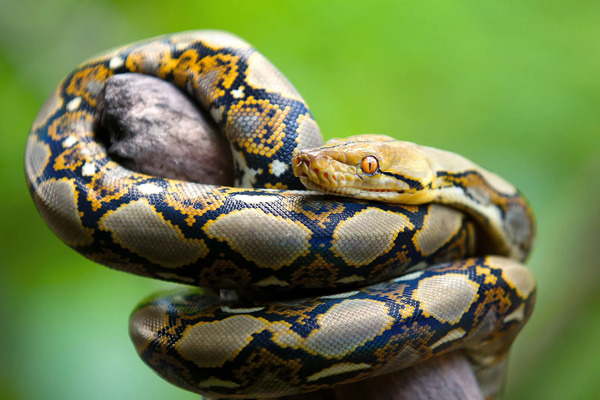
When it comes to animals that are good at starving, snakes are the first thing that comes to my mind. Although these cold-blooded reptiles cannot regulate their body temperature to adapt to cold weather, they can slow down their metabolism by up to 70%. Among them, pythons are particularly prominent, commonly known as "three years of no business, three years of eating after business", and the interval between two meals can range from a few days to several years. During the long fasting period, pythons will try to reduce the amount and intensity of exercise to reduce energy consumption. Its various organs, especially those of the digestive system, will also shrink.
It is not until the next time that the python's liver, intestines, heart and other organs will suddenly "recover". For example, after eating, the python's intestines may increase 3 to 4 times, and the cell layer will become 3 times thicker. These changes are conducive to the python's rapid digestion of food.
9. Galapagos tortoise (18 months)
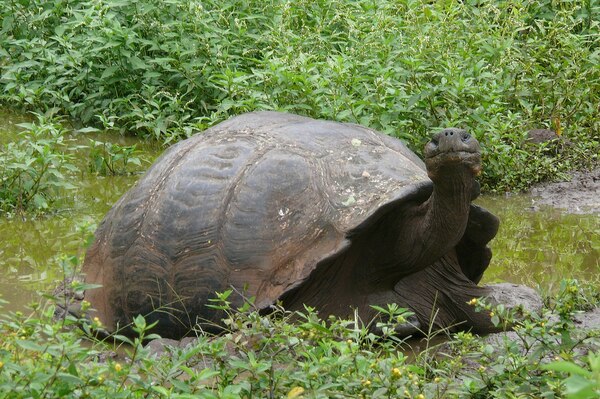
Most of the animals that can tolerate starvation are cold-blooded animals, and the Galapagos tortoise is a representative of this category. These animals move extremely slowly, moving only 260 meters per hour, and are adapted to a relatively dry environment. They consume an average of 32-36 kilograms of food per day, but due to the inefficiency of the digestive system, their ability to absorb nutrients is very limited.
Galapagos tortoises survive mainly by absorbing water, which mainly comes from dew and plant sap, especially cactus plants. It is worth mentioning that these tortoises can survive for a long time without drinking water, and they can survive for up to 18 months even without any food and water.
10. Spiders (9 months)
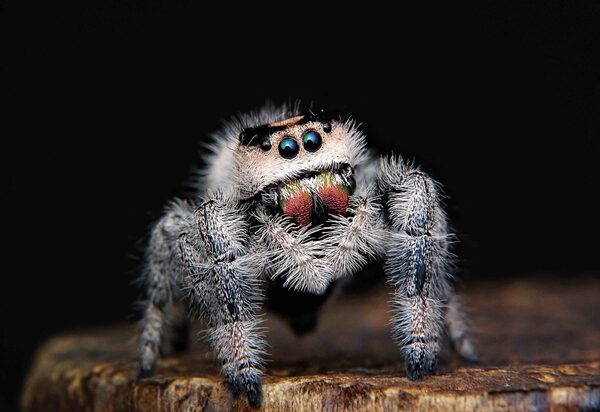
Spiders are also the best among starvation-resistant animals, but their hunger tolerance and survival period are affected by the species of spiders and environmental conditions. Different species of spiders have different food requirements and hunger tolerance. Some spiders can survive without food or water for months or even more than a year. For example, wolf spiders can survive for about 8 months in a state of starvation, while Brazilian wandering spiders can survive for weeks or even a month in a state of starvation. Adult bird spiders can withstand starvation for more than 270 days, and cross garden spiders can survive for about 18 months without food and water.
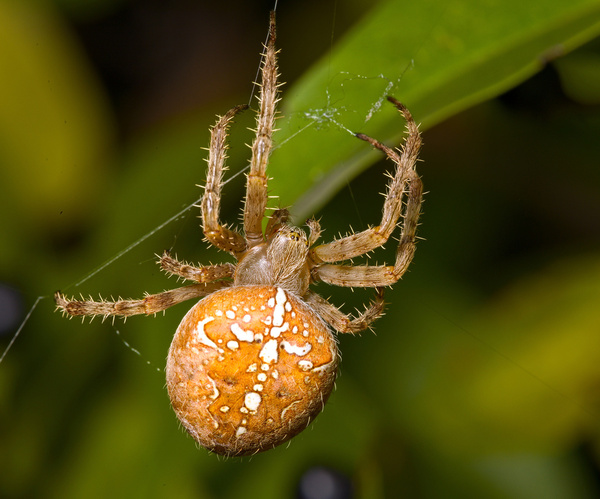
animal tags:
We created this article in conjunction with AI technology, then made sure it was fact-checked and edited by a Animals Top editor.